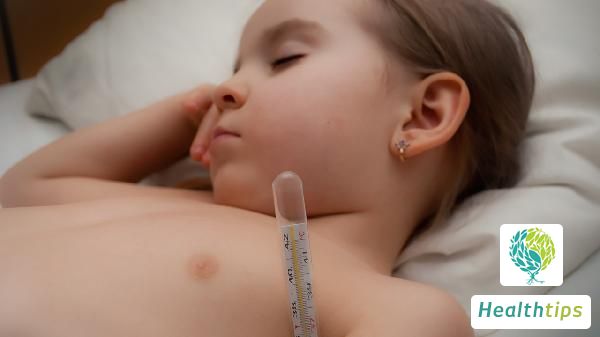How to Treat Leukemia?
1. Clinically, leukemia is generally referred to as leukemia, and its treatment can typically involve medication therapy, chemotherapy and radiotherapy.

2. The occurrence of leukemia may be related to genetic factors or other hematological diseases. The symptoms of leukemia often vary according to different types. Most acute leukemias have different onset speeds. Acute patients may suddenly develop high fever or severe bleeding. Those with slower onset often present with pale skin, skin purpura, excessive menstrual bleeding, or difficulty stopping bleeding after tooth extraction, which is discovered when seeking medical attention. Chronic leukemia usually has a slow onset, with patients showing no obvious abnormalities in the early stage until the disease progresses to the later stage where corresponding symptoms appear.
3. If the above symptoms appear, it is necessary to seek medical attention promptly. The doctor will first inquire about some basic information and then conduct a physical examination on the patient. If necessary, laboratory tests such as blood tests, bone marrow aspiration, cytochemical tests, immunological tests, cytogenetic tests, molecular biological tests, blood biochemistry tests, and neutrophil alkaline phosphatase detection are recommended to understand the progression of the disease.
4. Obviously, active treatment is required after leukemia is diagnosed. The main clinical treatment methods include general treatment, medication therapy, chemotherapy, and radiotherapy. Commonly used drugs include methotrexate tablets, hydroxyurea tablets, and compound cyclophosphamide tablets. During treatment, it is recommended to have a light diet, consume more fresh vegetables and fruits, and avoid spicy and stimulating foods, which are beneficial for the treatment of the disease.



















